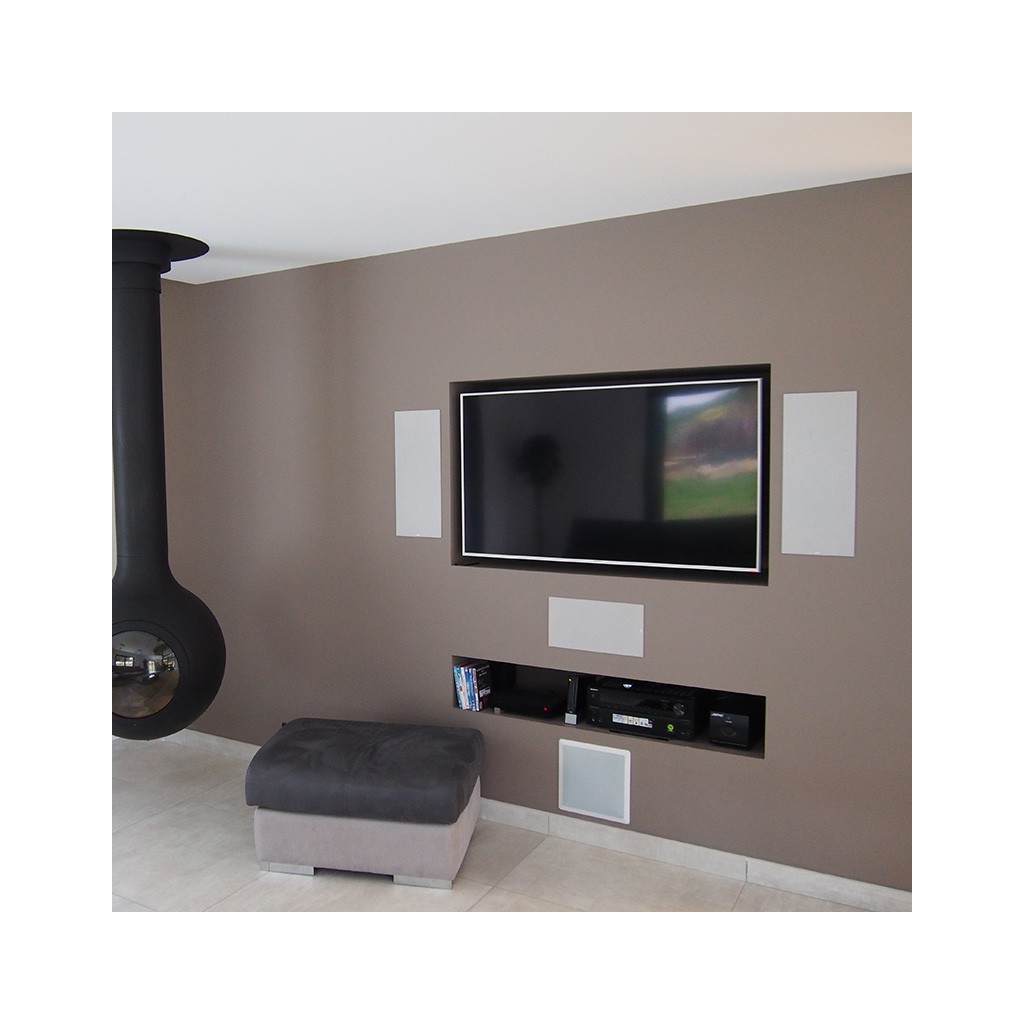Establishing a personal theater is an enthralling venture that can convert your home environment into a personal entertainment paradise. With the appropriate configuration, you can enjoy the thrill of viewing the hottest films or enjoying vintage films in your own home. In this manual, we will examine every aspect of installing a home theater, from selecting the optimal decor and textures to grasping the key components that will enhance your cinematic experience.
Whether you're considering a DIY approach or engaging specialists for the installation, there are crucial factors to keep in mind. We'll dig into the intricacies of tech aspects, room design, and even care advice to ensure your home theater remains in excellent form for many seasons. As more homeowners invest in custom home theaters, it’s important to understand how to transform any area into a spectacular viewing environment customized to your requirements. Let's begin this process to design the perfect personal theater, featuring the right decor and accessories that will make every screening an unforgettable experience.
Key Features for Residential Movie Theater

Creating the ultimate home cinema experience begins with selecting the suitable elements. At the core of your configuration will be a high-quality projector or television. When picking a projector, take into account factors such as resolution, brightness, and fit with your space. For those preferring a television, look for features like ultra HD or next-gen resolution, HDR capability, and intelligent functions that enhance watching options. Properly matching your display with the seating arrangement and wall color can further elevate the experience.
Next, a surround sound system is crucial for achieving that engaging movie theater feel. Audio systems can be quite diverse, from compact audio solutions to extensive multi-speaker installations. Each choice has its pros, so it is important to assess your room's design and acoustics before making a decision. Investing in premium speakers, an AV receiver, and learning about the positioning of each piece can greatly enhance sound quality and overall enjoyment.
Lastly, seating plays a pivotal role in the relaxation and engagement of your home cinema experience. Recliners, theater-style seating, or even comfortable sofas can change your viewing area into a opulent space. Ensure there is adequate distance between the seating and the screen to provide the optimal field of vision. Accessories like beverage holders and variable lighting can improve the movie night ambiance, making it a truly enjoyable experience for everyone.
Home Theater and Setup Tips
While designing your theater configuration, think about the dimensions and layout of the space to create an optimal cinematic experience. It's crucial to place your display at eye level when sitting, to ensure comfort and minimizing neck strain. Additionally, maintaining a space of 1.5 to two and a half times the size of the screen for seating will improve the viewing experience. Be sure to account for pathways and the placement of seating for convenient access and a clear view to the display.
Acoustic treatments play a critical role in sound quality, so include materials that absorb sound, such as rugs and drapes. helpful resources increase comfort but can also help to minimize echoes and enhance clarity. Think about adding wall treatments designed for sound proofing, and place shelves or ornaments that can break up sound waves, ultimately contributing to a deeper audio experience.
Illumination is another important aspect of room design; it creates the mood for any movie night. Use dimmable lights and sconces for flexibility and position lights away from the display to avoid glare. Utilizing smart lighting systems can allow for seamless changes from well-lit daytime to the warm ambiance of a home cinema. Keep in mind to combine task lighting for reading with softer, gentle options to create the ideal cinematic atmosphere.
Maintenance and Enhancements
To ensure your home cinema continues to deliver outstanding performance, routine maintenance is essential. This includes dusting your AV equipment to prevent grime buildup, looking for software updates on streaming devices and projectors, and inspecting cables for wear and tear. Additionally, think about recalibrating check my site and video settings periodically to adapt to changes in your surroundings or equipment. Keeping your system in prime shape enhances your viewing experience and extends the lifespan of your components.
As technology advances, you may find that enhancing certain aspects of your home cinema can greatly enhance your experience. When considering upgrades, focus on components that will provide the most noticeable improvements, such as a HD projector, an advanced surround sound system, or better seating options designed for comfort. Regularly evaluating your system and making informed upgrades keeps your cinema feeling new and exciting, whether it's investing in the latest 4K display or adding smart home integration for convenience.
To avoid potential problems down the road, it's smart to maintain ongoing communication with your installer or service provider. They can help troubleshoot common home theater problems and provide guidance on when it's optimal to upgrade your equipment. By establishing a maintenance routine and keeping up to date about new technologies and best practices, you can ensure your home cinema stays a premier entertainment venue for years to come.
